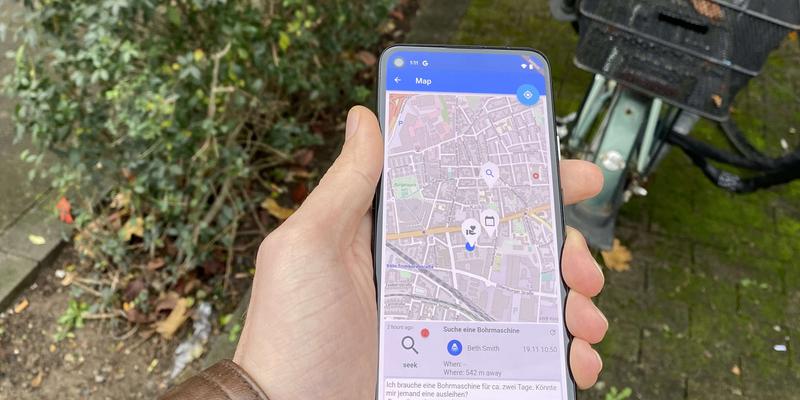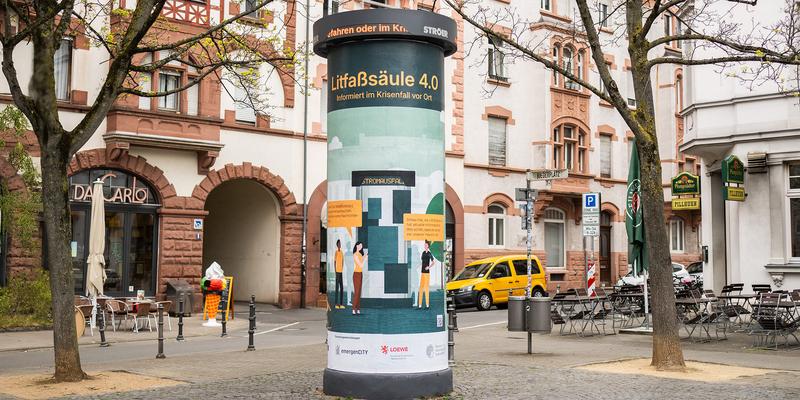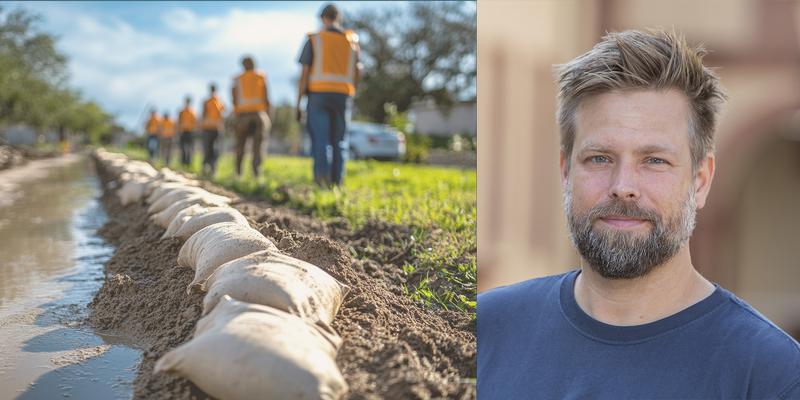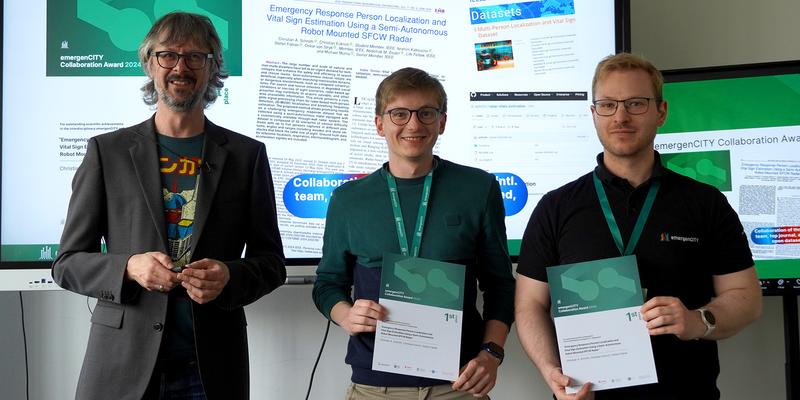emergenCITY cross-sectional mission ReSON develops resilient neighborhood app
Neighborhoods that organise themselves by using digital tools, such as chat groups or forums, have been already accepted as part of urban reality for years. But recent events, such as the flood in and around Neuenahr-Ahrweiler, also show that digital communication options often break down in such moments of crisis - while at the same time they are actually needed more than ever in these situations: for short messages that people are okay, but also for coordinating resources and clean-up work. So how can citizens’ groups coordinate their self-organisation in everyday life and also in a crisis - possibly without electricity or internet - and maintain their communication in a practical way?
The emergenCITY cross-sectional mission ReSON (Resilient Self-Organized Neighborhoods) is addressing this question as a starting point to work out a technical demonstrator for resilient communication: The ReSON app is intended to show how the digital self-organisation of urban neighborhoods could function in the future on a daily basis and also in crisis situations.
ReSON is convinced that resilient communication in the neighborhood should not only be activated in the event of a crisis. “The use of digital technology in everyday life has long been completely normal. But in a crisis, this technology is often dysfunctional or interrupted, whereas of course the need for communication remains and increases even in a crisis,” explains mission member Steffen Haesler. That’s why the ReSON team, consisting of researchers from the fields of law, history, political science, engineering and computer science, is researching the integration of social needs and technical demands from the user’s perspective - in everyday life and in a crisis.
The ReSON app, which is still a prototype and therefore not being researched publicly, offers a range of functions comparable to Facebook and WhatsApp. “You will be able to make posts and comments, but also simply enter your location or chat privately with other users,” says Haesler. Technically, this communication can function centrally and remotely and can thus be used flexibly. Peer-to-peer solutions, which enable communication locally detached from the environment, also fit well into the defined user group of the neighborhood as a unit. “From the technical point of view,” Haesler summarises, “the basics are already there and functional.”
“The focus of our work is therefore on the social aspects,” he continues. The mission believes: Citizens know their needs in everyday life - and ReSON wants to address them. To do so, the mission researches how a neighborhood communicates and organises itself - in volunteer work in everyday life and during past crises. The goal is to adapt the ReSON app with its resilient technology to these needs in a multifaceted way, so that it can be integrated easily into everyday life and remain functional in the event of a crisis. Ultimately, it will thus map different use cases, which will then need to be analysed. “We plan to be done with the development of the prototype by the summer,” says Haesler.



